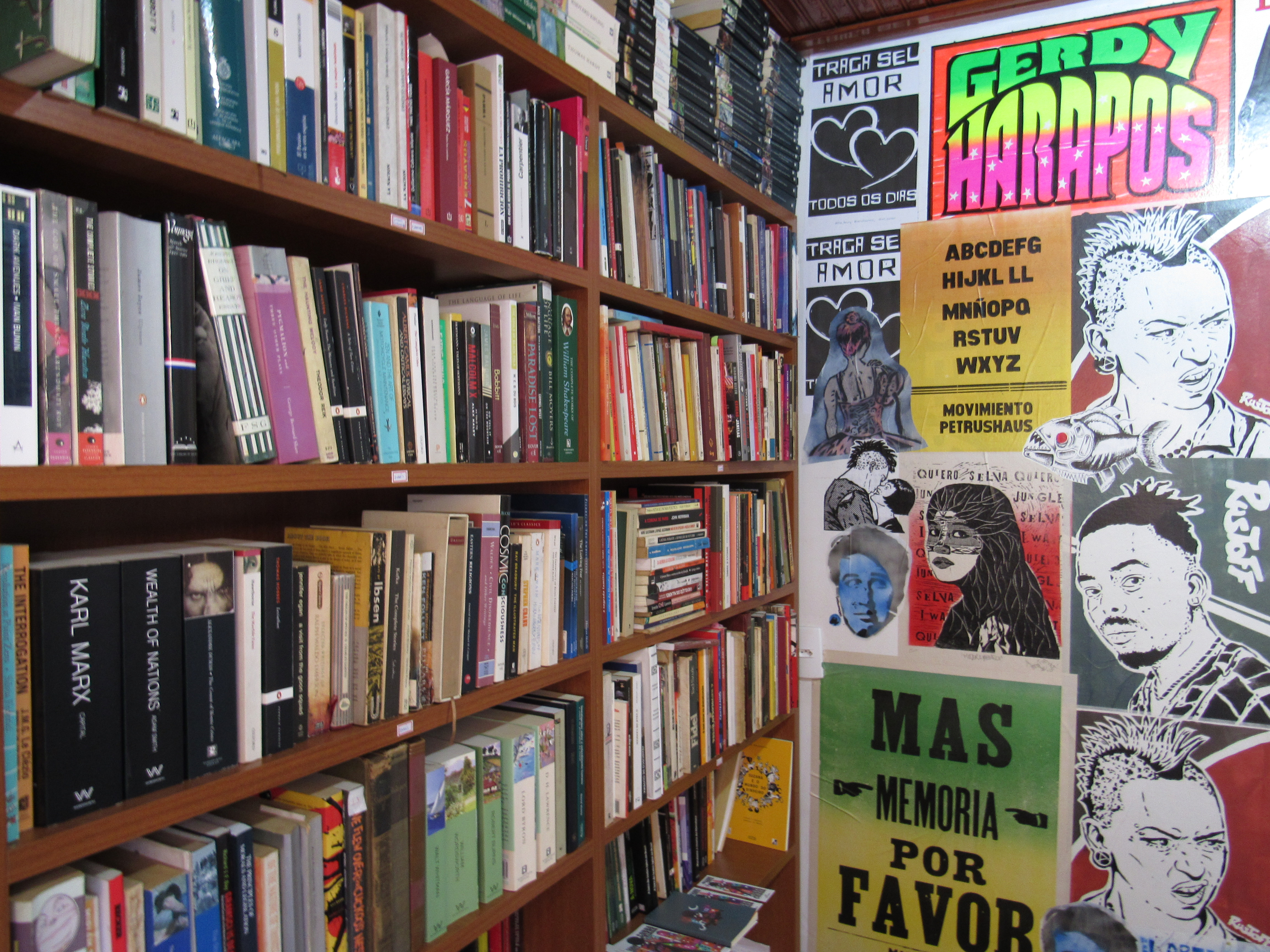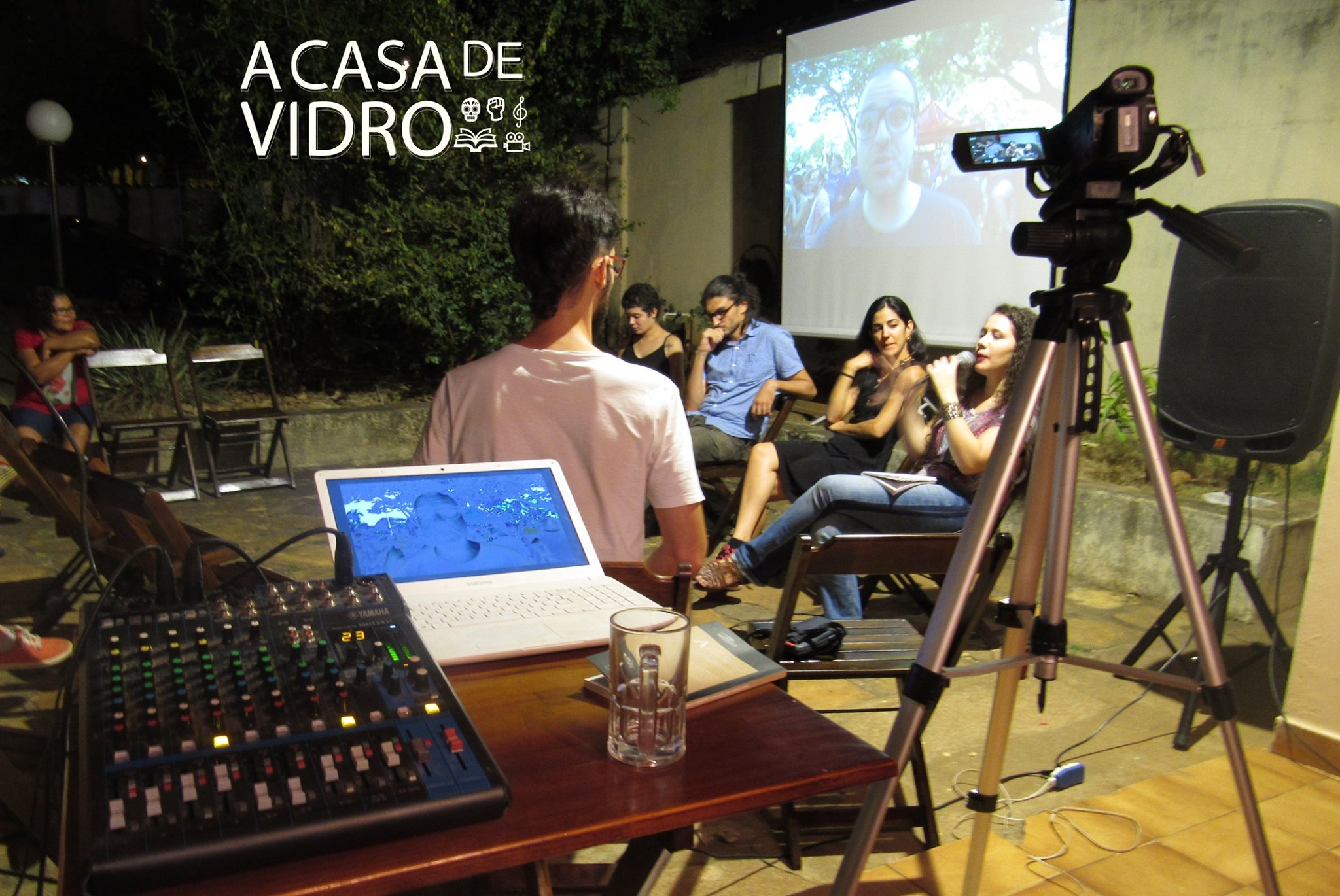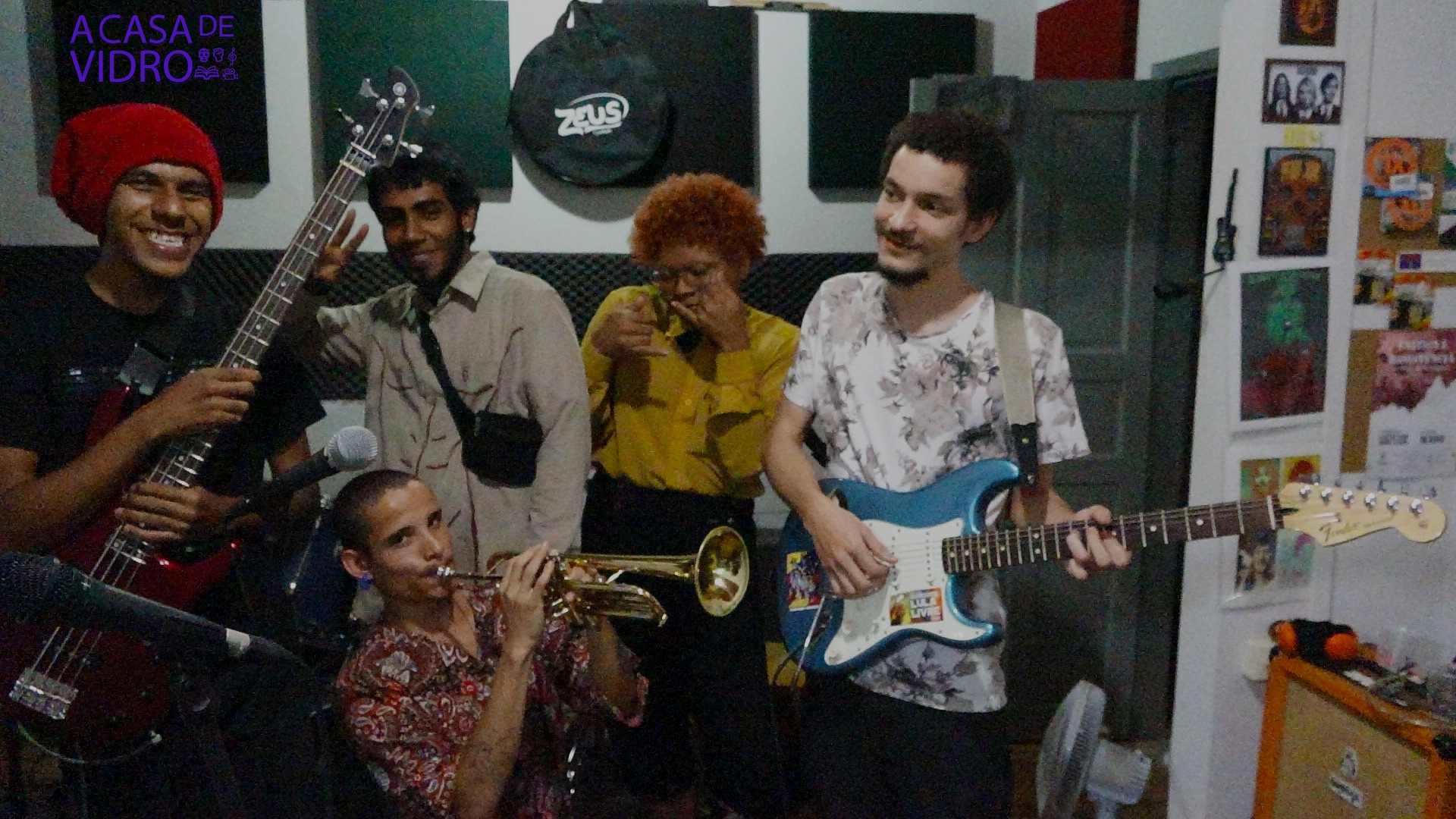Os EUA contra John Lennon: de artista a ameaça pública, as peripécias do Beatle em seu clash com o establishment yankee…
How the Beatle became a menace to the U.S. Establishment
as revealed by Leaf’s and Scheinfield’s pulsating documentary
After the Beatles broke-up, John Lennon certainly wasn’t willing to simply let things be. Even tough he remained faithful to the pacifist creed once stated in “Revolution” (“If you talk about destruction / don’t you know that you can count me out?”), he was ready to enlist as a warrior in the growing armies of hippies and beatniks protesting against the genocidal war in Vietnam. Adding his voice to this choir of discontent, John Lennon was bound to clash with the American authorities.
After the Fab Four had disbanded, George Harrisson sought his peace of mind and spiritual serenity in Hare Krishna and Eastern religion, while McCartney went on a solo-career that would consolidate his stardom. But Lennon had other plans in mind than singing mantras or writing silly love songs. The “rebel Beatle” was about to throw himself head-on in the social and political struggles of his times and would soon become one of the most outspoken cultural icons campaigning for love, peace, freedom – in synthesis, for the “brotherhood of man” utopia “Imagine” told us about.
Details of this exciting and turbulent saga can be found in The U.S. Against John Lennon, a documentary by David Leaf and John Scheinfield which chronicles how Lennon and Yoko got so deeply involved in the most urgent political turmoils at the dawn of the 70s. Some of the songs composed during that period were hymns for the pacifist movement, such as “Give Peace a Chance”, while protest-songs like “Power to the People” reached wide-spread acceptance amongst the American citizens who were flooding the streets for mass demonstrations that helped re-shape the Cold-War era.
Lennon, in the Sixties, was no stranger to rebellion and had been seduced more than once by the counter-cultural magnet, speaking up against the stablishment. He had, for example, embarked on LSD trips, becoming one of the enthusiasts of Albert Hoffman’s potion, siding with other gurus such as Timothy Leary and Ken Kesey. Much of the historical importance of the band lays in their amazing capacity to innovate and evolve: they went from being a naive yeah-yeah-yeah pop-band and transformed into an astonishing psychedelic cosmic trip, kick-started with albums like Revolver and Sgt. Peppers. The world knew well from those days the capacity that Lennon and his peers had of being pioneers.
In 1968, in the White Album era, the Beatles had already deviated a lot from the mainstream currents of pop music and were now experimenting with extravagant instruments and journeying in India in order to gather wisdom first-hand from the Maharishi. Some years before, Lennon had raised a lot of controversy when he stated that the Beatles were more popular than Jesus Christ. This statement was far from a sociological lie, given the dimensions of mass hysteria raised by the Beatlemania. But Lennon’s phrase wasn’t swallowed smoothly by some Christians who, offended by this claim, went on to burn the records and posters of the herectical Liverpool quartet. In the mid sixties, Lennon was already some sort of a troublemaker, with a tongue behaving like a viper. However, nothing prepared the world for what he would stand-up for in the 70s.
In his solo-career, Lennon showed no signs of slowing down on his path to religious and political criticism, as we can hear in songs such as “God”, “Working Class Hero”, “Gimme Some Truth” or the era-defining “Imagine”, arguably one of the most unforgetable pieces 20th century popular music. Politically, he became more and more out-spoken against the ills he perceived in the world, and perhaps considered himself as someone who could inspire the masses muh in the way leaders such as Gandhi or Che Guevara did.
When he chose to live in America, Lennon was due to become, in the eyes of authorities, a dangerous rebel to be closely watched and whose wings should be quickly clipped. His involvement with people who were deemed by the FBI and the CIA as “radicals” – such as John Sinclair or Black Panthers activists – ended up turning Lennon into some kind of public menace to the mainstream political establishment. Soon the U.S. would be anxiously spying on Lennon and just looking for an excuse to kick him out of the country. A couple of joints found in his possession would be enough. His powerful voice of dissent had become a great nuisance for the warmongers who whished he kept his mouth shut about foreign policy matters. But Lennon wasn’t willing to shut up. He stood up in the face of danger, thus inspiring a whole generation to shake-off its letargy and “take the power back”, as decades later the hard-rockers Rage Against the Machine would enshrine in an earth-shaking protest song.
The documentary The U.S. Against John Lennon is truly an impressive dive into this historical context of the early 70s, a film bursting with great images from the archives and scenes from a country in turmoil. Inspired both by Gandhi’s pacifism and by the Hippie-era Flower Power ideas, Lennon provided fuel to the fire of love and peace. History would never forget the mottos: “make love, not war!” and “war is over (if you want it”). For these and many other reasons, The U.S. Against John Lennon is a deeply inspiring film, a testament to the courage and far-sighted-vision of one of the greatest cultural icons of the 20th century. When the film ends, we can’t avoid the feelings of gratitude and admiration towards this artist and warrior who enlightned us so much in our path to empowerment.
Article by Eduardo Carli de Moraes
Toronto, Ontario
416 271 2852
educmoraes@hotmail.com
[youtube id=http://youtu.be/rMIDvIpPPpA]
Publicado em: 05/01/14
De autoria: Eduardo Carli de Moraes







marielfernandes
Comentou em 06/01/14